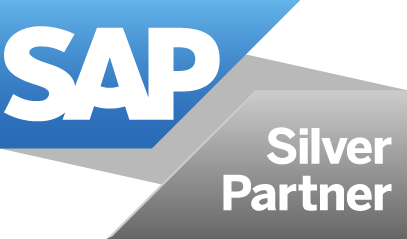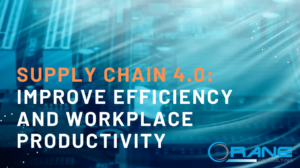Onboarding and Retention have been considered to have separate strategies. And that’s still predominantly the case; however, HR has begun to see the linkages between the two. To be more specific, onboarding can be at least in some way, considered to have a retention strategy.
Employee retention was a major concern in the cooperate world Before COVID-19 and now again after the span of half year, the problem is increasing again slowly . Individuals (generally freshers) once being trained have a tendency to move to other organizations for better prospects, Now Lucrative salary, comfortable timings, better ambience, growth prospects are not that much reasons which prompt an employee to look for a change. Due to Covid, lack of integration with the company – People/culture/Job Profile – virtually plays a major role for attrition
Thus, a powerful Onboarding process translates to the retention of talent down the road. According to research by Glassdoor, organizations with a strong onboarding process can improve the retention of new hires by 82 percent. Additionally, productivity sees a boost in improvement of more than 70 percent!
Inflowing the Company’s World with good impression
The onboarding process is one of the first impressions an employee will have of the company as a new hire. Sure, he or she has gone through the interview process, spoken to HR professionals and even managers, but the person’s interaction with the company up to this point has been mainly external. As a new hire, she or he will gain access to the company’s “world” – being able to sign into the company intranet for the first time and even meet new co-workers — among other things. The company will benefit from these positive experiences and could, conversely, suffer from negative ones. Digitize says employees having a negative onboarding experience are twice as likely to look for another job.
Think about it for a moment with a bad impression
When companies fail to make a positive first impression during onboarding, new employees are more likely to feel confused, demoralized, surprised, and disengaged in the long run.
A bad first impression can flavor not only the rest of the onboarding process, but also the hew hire’s later interactions with the company. Some examples might include:
1. A negative impact on the building of the psychological contract between the employee and the employer
2.A lack of engagement from the new employee
3.An impact on productivity
4.An impediment when it comes to connecting with other co-workers and the company culture
How Onboarding supports in Retention of Employees:
1.Onboarding isn’t just for signing HR paperwork and sharing manuals and documentation; it’s a time for helping employees understand your core values and learn how their work can be aligned with those values where they can see there personal growth align with corporate vision
2.When companies do it well, onboarding builds connections between new employees and helps them feel a sense of belonging in a new community. Recognizing new employees right awayhelps them feel included and engaged for ong term
3.Even before someone is hired, they can begin to experience the passion of the leadership, the camaraderie of the workplace, and the inspiration of the organization’s purpose.
4.Many people quit because the job wasn’t what they expected. Before hiring someone, ensure you are providing them realistic previews of the job and work environment. Then, use your first impression wisely. Essentially, you want to affirm their decision to join the company.
1. Be extra clear with new hires about the role and expectations. Ensure they have enough access to their supervisor when they have questions. No matter how brilliant they are, everyone has a learning curve in the beginning.
2.Finally, socialization into the cultureis the biggest missed opportunity in onboarding. Incorporate culture into your onboarding program. Integrate formal and informal opportunities to build connections with co-workers. A buddy or mentor program is a common approach that gives the employee someone to go to with the less technical, more “how do you use the espresso machine?” kind of guidance.
Small Sift –
Best Practices in the HR Forum – To Map the employee experience from the employee’s perspective instead of HR’s perspective. This small shift can help focus efforts on a great experience instead of an efficient process.
Conclusion:
Your retention efforts will be more effective (and cost-effective) if sthey are tailored to the critical people at risk of leaving. Based on whom these critical people are and the reasons they are at risk of leaving, consider the following onboarding strategies to reduce employee turnover.





